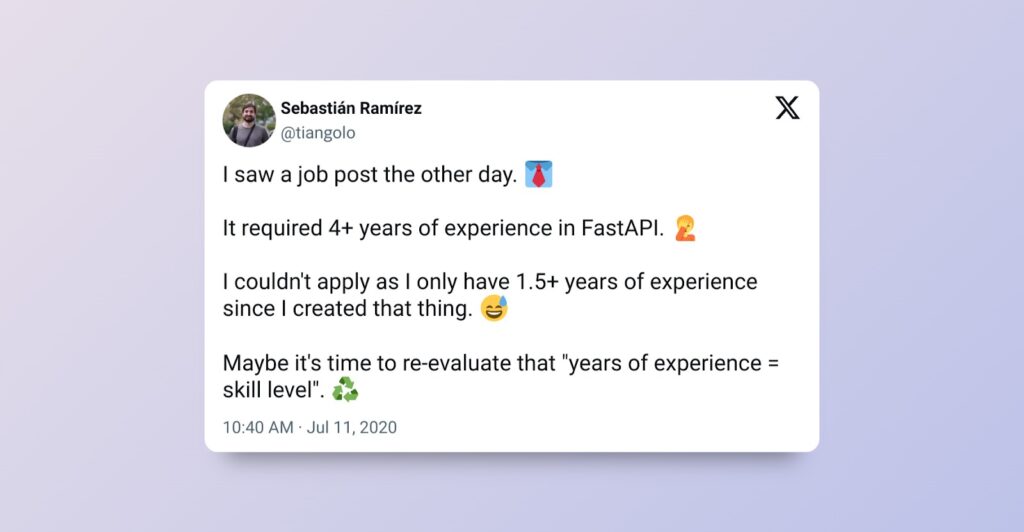
There was a job doing the rounds a while ago, asking for four years’ experience in a programming language that had only existed for eighteen months.
So even the language’s creator, as he was quick to point out, wouldn’t have met the criteria.

It went viral and people had a chuckle. But the thing is, no one was really surprised.
Because we’ve all seen it; the unrealistic expectation dressed up as a sensible requirement. It’s the polished version of something that doesn’t exist yet, but nonetheless sounds impressive.
That’s exactly how most martech demos feel.
Everything seems to work. It’s all integrated and it’s second nature to the team using it.
So of course, you’re never seeing the platform you’ll launch with. You know that already but it’s convenient to forgot.
What you are seeing is the version you might – might – have in year three, if nothing changes and no one leaves etc.
We almost never demo software ourselves. But we’ve sat in on plenty.
And we’ve watched clients fall (understandably) for the vision.
Because it’s super seductive.
It’s not a lie. But it’s definitely not the truth either. Rather, it’s a version of reality that makes some big assumptions;
And it certainly skips the bit where many B2B marketers unfortunately live.
Where systems don’t talk to each other and adoption is a project in and of itself.. Where the “new platform” joins the pile of underused tech someone else bought three roles ago.
And that’s the real risk; not the tech itself, but buying it in isolation.
It’s when you evaluate martech without thinking about ownership, process, rollout, and change management. In these cases, you’re not buying a solution.
You’re buying a prototype.
At Fly, we help teams see past the shine. We don’t run the demos. But we do ask the uncomfortable questions:
Yes, the software might be the right one but if you’re not ready, it’s really a moot point.And no matter how good the pitch looks, you don’t want to buy a platform based on how things could be. You want to buy based on how things really are, and where you’re willing to go from there.
Smart reads without the noise
Why framing certain marketing-led projects as CapEx can open budgets, change approvals, and give strategic work the weight it deserves
